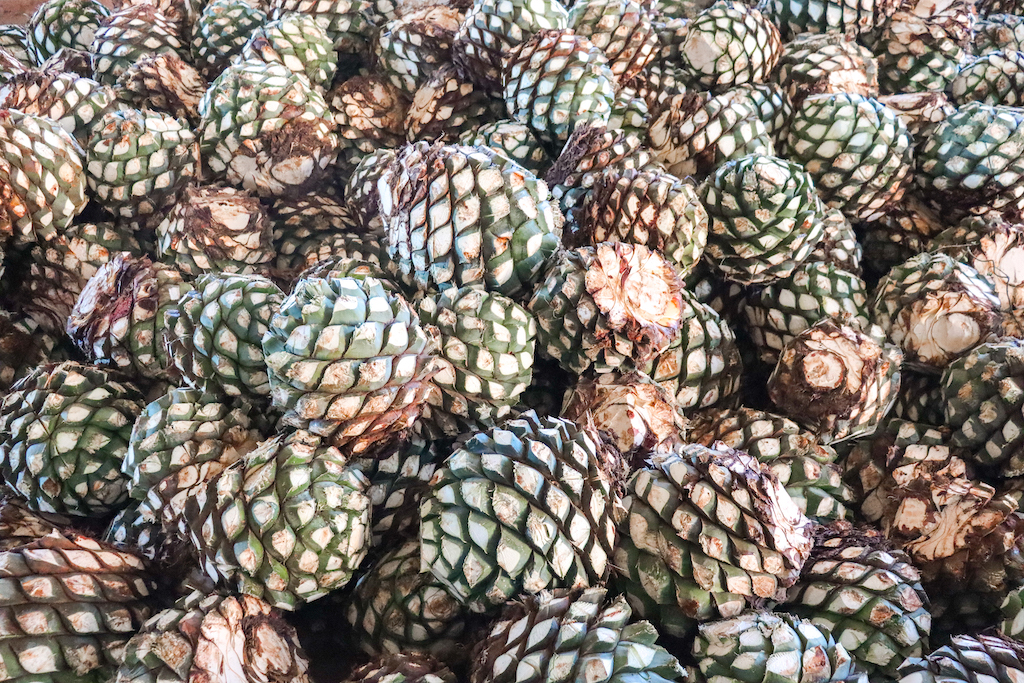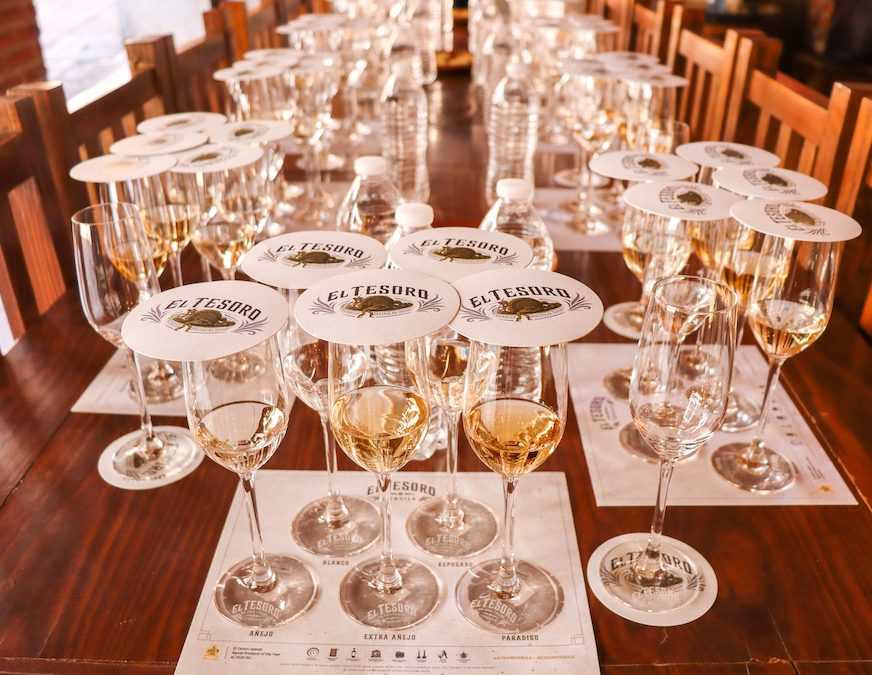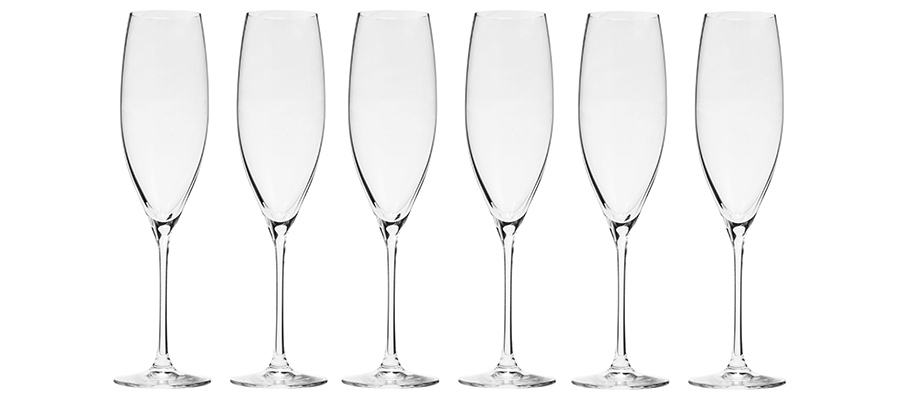Tequila can get a bad rap as nothing but a party drink. Too often, we tend to either shoot it thoughtlessly or cover up its flavor with juices, syrups, and little paper umbrellas. And while of course we all love a tasty margarita, good-quality tequila on its own is actually something to be savored. Like any other spirit or wine, tequila quality varies immensely, and it’s possible that those of us who’ve always been prone to drown our tequila in Triple Sec just may not have had the good stuff until now. Or perhaps we just haven’t yet taken the time to get familiar with the popular Mexican spirit as anything but a fraternity favorite. We say it’s time to turn that around.

A common confusion is the difference between mezcal and tequila. While both are spirits made from agave, tequila is made specifically and only from Blue Weber Agave plants. Mezcal, however, can be made from any type of agave and often varies tremendously in its flavor. Essentially, all tequila is mezcal, but not all mezcal is tequila.
The process of making tequila is a complicated and impressive one. Good tequila, which is made from agave that is laboriously harvested, carved, roasted, pressed, distilled, and aged, is smooth and warming to the body and soul. Its flavor can be rich and complex, an homage to the time and care that made it, or bright, zesty, and fresh, reminiscent of a newly harvested agave.
To properly taste tequila, we must first understand its different forms and what to look for in terms of flavor.

Understanding tequila as art
Master Distiller Carlos Camarena of El Tesoro Tequila painted the perfect picture, so to speak, when he recently described to us the layered flavors of different tequilas. Each tequila maker and brand has its own particular variations and bottles, but for the most part, tequila can be broken down into five categories: Blanco, Reposado, Anejo, Extra Anejo, and Ultra Anejo. Blanco is the base that hasn’t aged, or, as Camarena describes it, the “art.” Each aging step after that, as denoted by the corresponding tequila types, is represented by different frames that show off the art, with increasing adornment.
As tequila ages, flavors become more complex, and the “frames” become more ornate. While Blanco tequila is the art, Reposado tequila (the youngest aged variety) represents a thin, delicate frame around that masterpiece. Anejo is a thicker frame with some added ornament, and so on. By the time you get to Ultra Anejo — which is classified as having been aged for more than five years — the art is enveloped in a heavily gilded, ornately carved frame adorned with gems and golden embellishments.
This simple but genius metaphor from Camarena may help you understand the complexity of tequila flavor as you learn to taste and appreciate it properly.
Taste with your nose first
As with wine, tequila tasting is a multi-sense experience. The scent of a tequila’s varying notes will hit your palate long before they reach your tongue. So inhale deeply, and try to distinguish which flavor notes you can pick up on. Like wine grapes, agave adopts its flavor from its terroir: The environment, soil, and other plants growing in the area. You may pick up hints of different fruits and natural elements. Common notes detected are cooked agave, sweet fruits and honeys, and smoky flavors like pepper, coffee and oak. The more your tequila has aged, the rounder and richer the flavor will be, unlike a Blanco tequila, which will have bright, green notes.
Sip it, don’t shoot it
If your only experience with tequila is a foggy memory of spring break in Cancun circa 2008, this may be a new technique for you. Or, if you’re drinking bottom-shelf swill with the sole intention of getting drunk fast and feeling sick in the morning: By all means, plug your nose and douse your hand in lime juice and salt, ’cause you’re going to need it to cover up that motor oil taste.
However, if you’ve taken the time to learn about the importance of good tequila and spent more than a few bucks to actually savor it, there’s no need to cover up the flavor. Inhale deeply, then enjoy with small, thoughtful sips.

Glassware is important
You may be used to reaching for shot glasses when the tequila comes out, but if it’s a quality brand you want to enjoy, it’s time to rethink your glassware. Just like wine, tequila needs a little air to breathe. The more surface area it gets in your glass, the more your tequila will open up to show off its complexity. That’s why champagne flutes are actually the perfect vessel for good-quality tequila. When tipped slightly, their long bodies will allow a lot of surface area to get to your drink. Hold the flute by the stem, swirl, sniff, and taste.
Sure, you may feel a little pretentious giving your glass a snobby swirl like they do in the movies, but there’s a good reason for it. Swirling your glass allows oxygen to circulate through the drink, separating and enriching the varying aromas. So swirl away. If you’ve spent good money on a nice bottle of expensive tequila, you can afford to be a bit of an ass.






